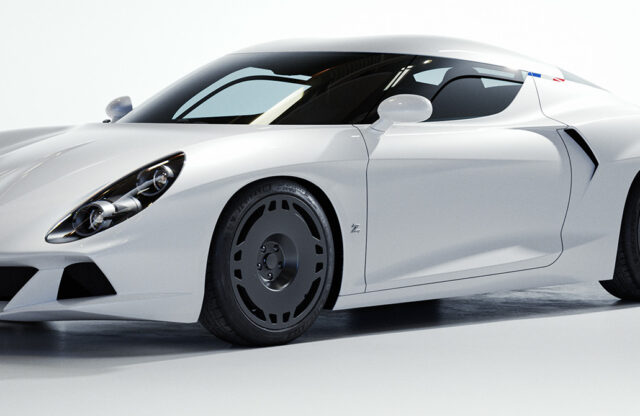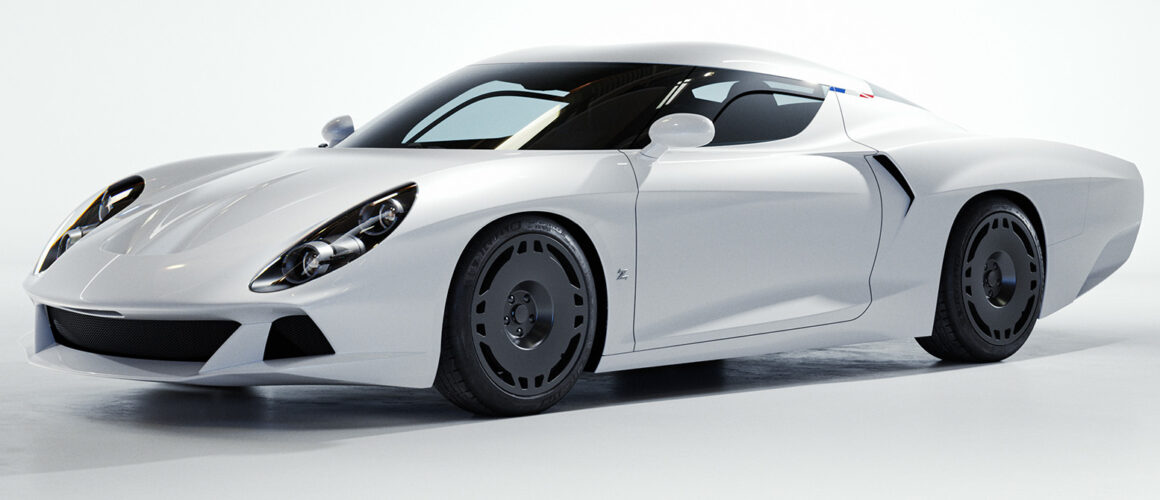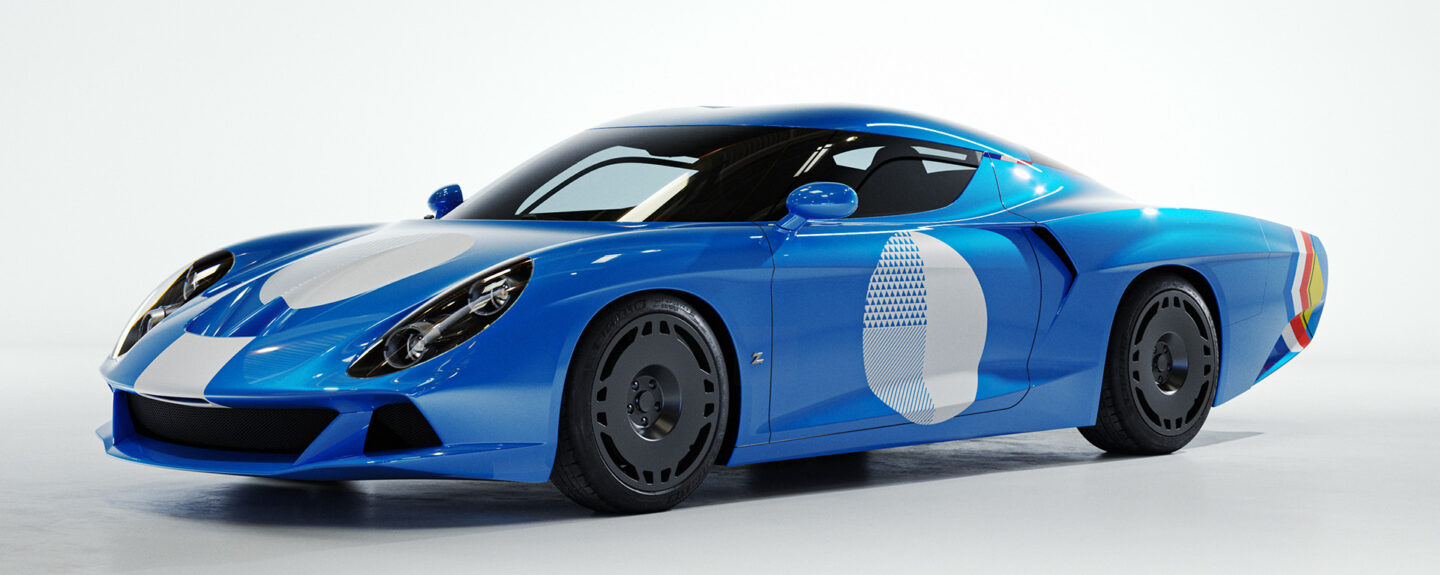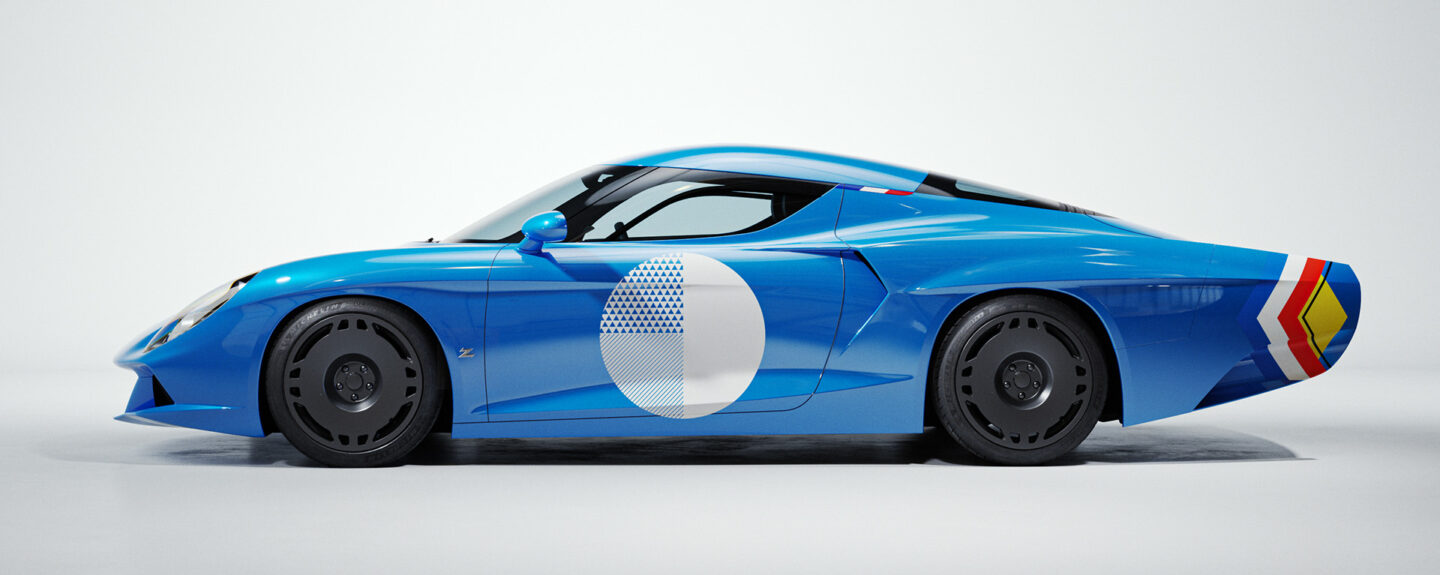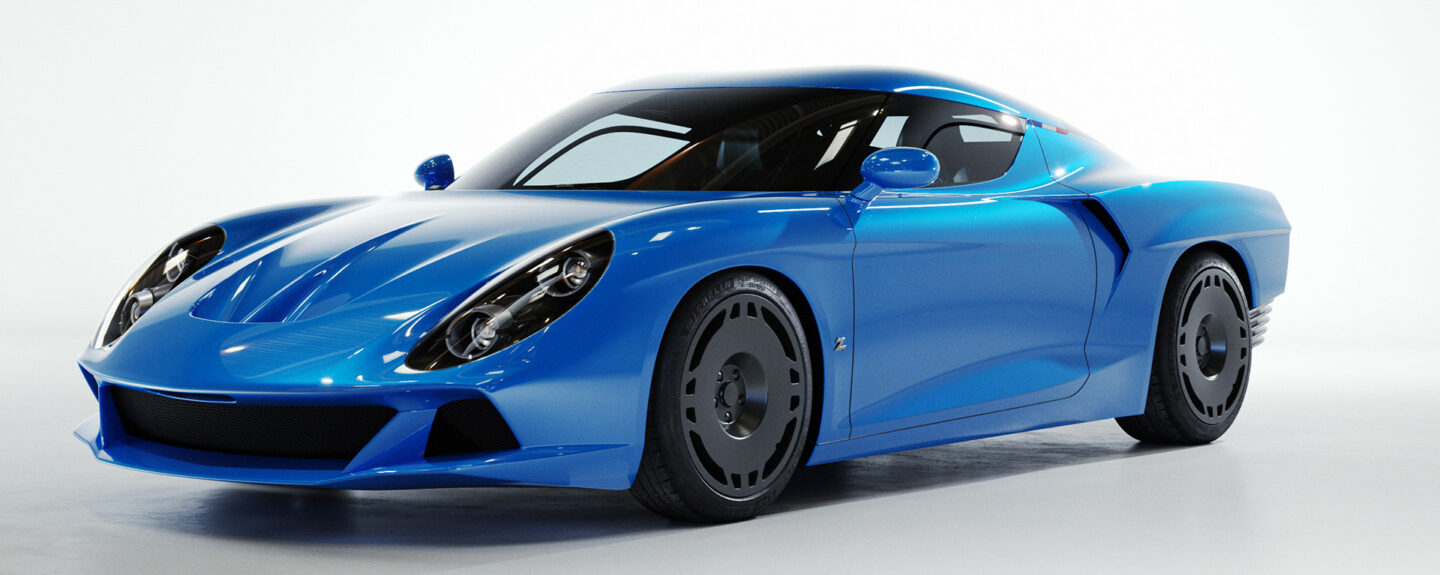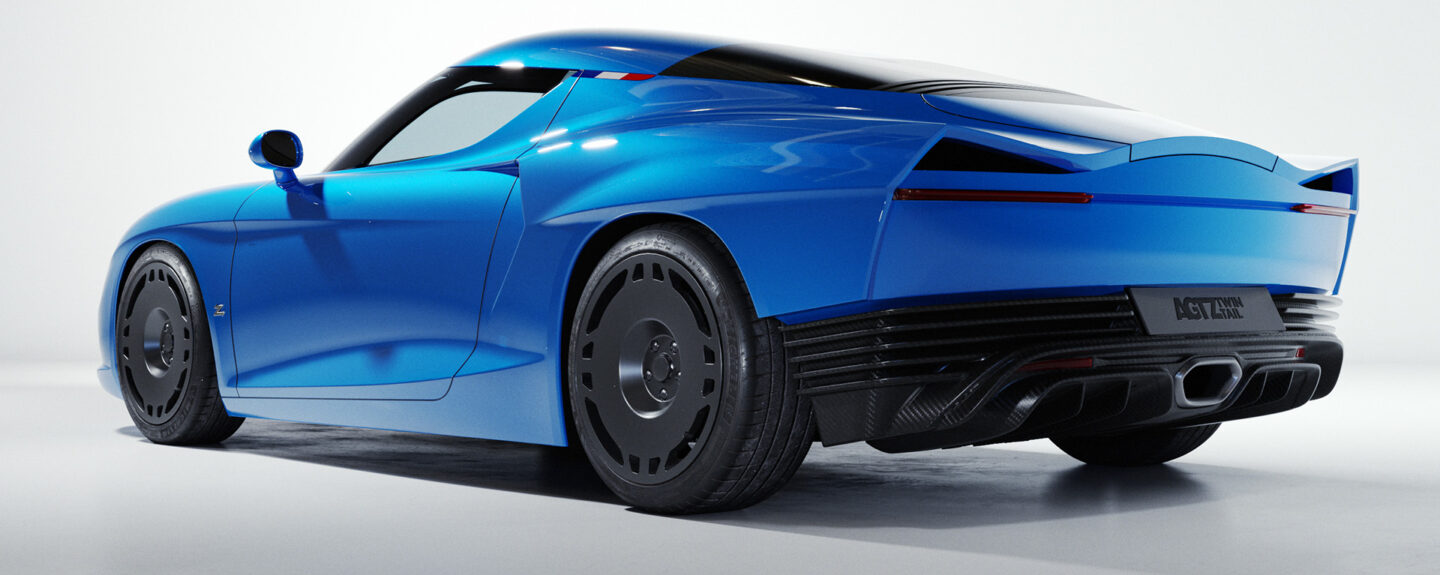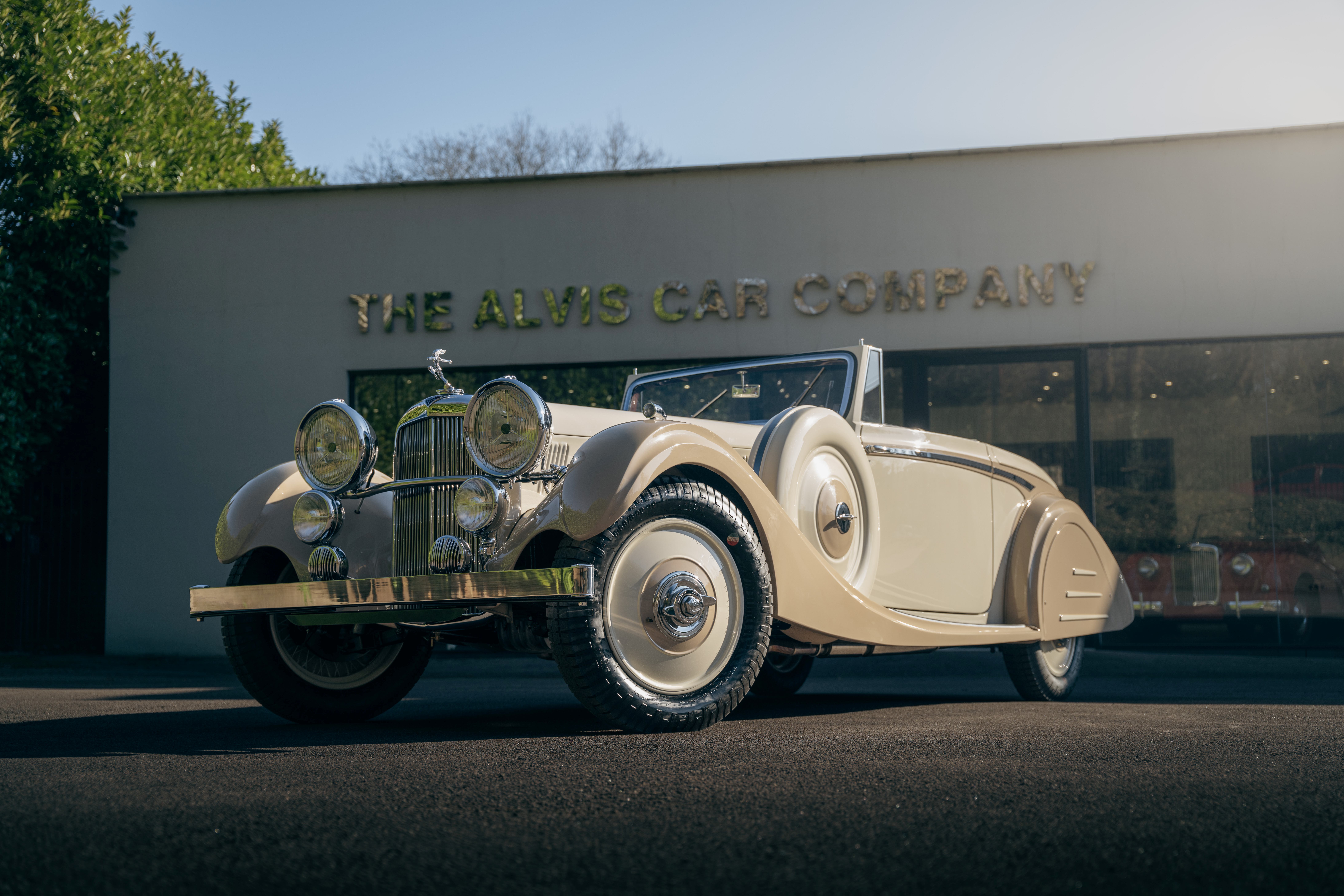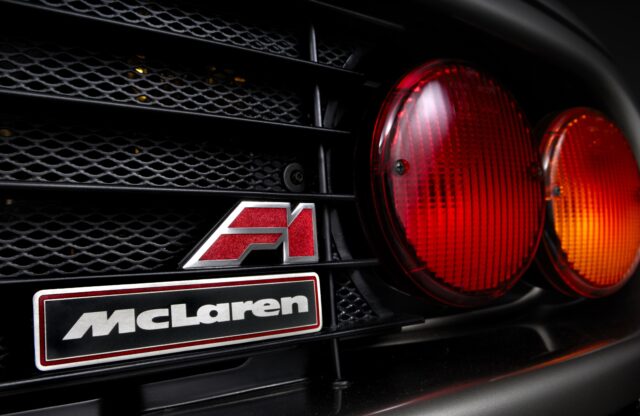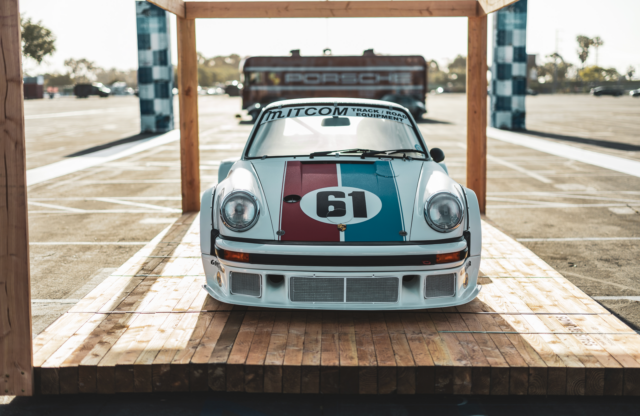WORDS: WAYNE BATTY | PHOTOS: LA SQUADRA
Another intriguing chapter in the recent coachbuilding renaissance story is being written courtesy of a new collaboration between multi-faceted supercar distributor La Squadra and legendary design and coachbuilding carrozzeria, Zagato. The first product of the tie-up, called AGTZ Twin Tail, is no superficial, heritage-free flight of fantasy, but a contemporary retelling of a late-1960s Alpine racing car with an intriguing two-part back story.
Amidst the cacophony of new product noise, a compelling raison d’etre, along with a story that resonates with enthusiasts and collectors, is essential. And a modern story with its roots in the past is innately more complex and almost always more inspiring. “The automotive industry is changing faster than ever before,” says La Squadra founder Jakub Pietrzak. “With advancing technology we are becoming increasingly nostalgic, leading us to grab inspiration from the past to move new ideas forward.”
Andrea Zagato, CEO of Zagato, puts it this way: “Stories of iconic cars from history simply must be told today. It is a crucial task if we are to inspire new generations to create their own stories. Without knowing the past, you cannot invent the future.”
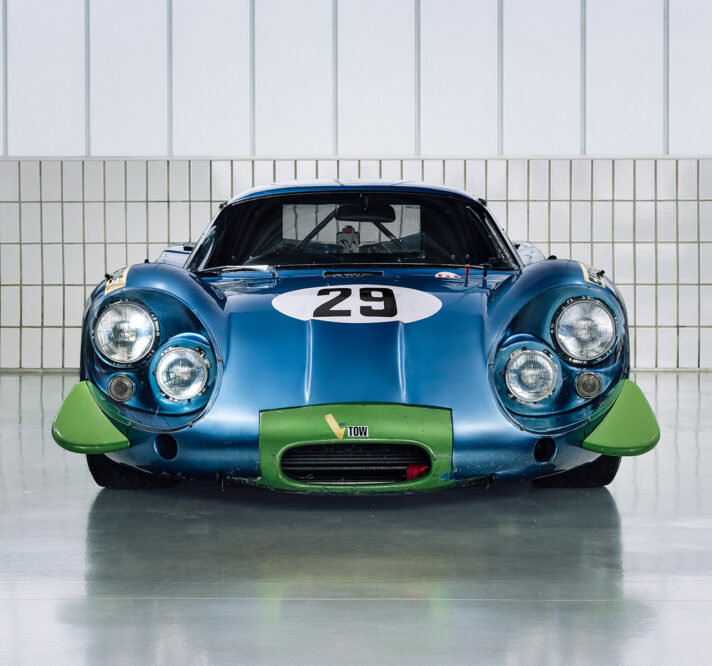
Key engineering changes included new suspension components and the relocation of the radiators – side-mounted on the 1968 models – to behind the rear wheels

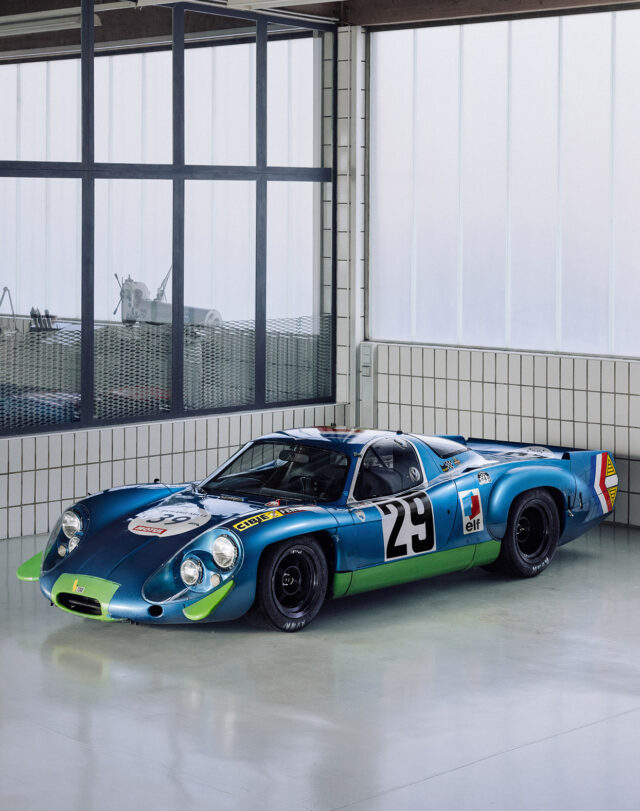
In this case, the ‘past’ is the Alpine A220 – a car that, despite missing its loftier motor sport targets, has become an unmistakeable icon of its era – and the ‘future’ is a dramatic re-clothing of the mid-engined marvel that is today’s Alpine A110. Launched in 2017, the A110’s stellar sports car reputation is primarily down to a sublimely dynamic driving experience. The AGTZ Twin Tail clothes that gifted mechanical package in a dramatic new suit, one that is unafraid to riff off the A220 story with an expertly crafted act of tail-swopping theatre. We’ll get to the detail later, but first the history…
There can be no doubt that Alpine founder and bona fide member of motor sport’s aristocracy, Jean Rédélé, had a particularly competitive shade of French Racing Blue blood coursing through his veins. When President de Gaulle asked him to explain the purpose of motor racing, Rédélé casually replied: “To put France on top, General!”
Barely seven years into the car-building business he’d launched in 1955, he set his sights on winning the greatest endurance race of all, the Le Mans 24 Hours. He was not a man lacking in desire or ambition. It would take him almost two decades, but after a string of borderline great cars, an Alpine 442B finally took the overall victory, in 1978. One of the models that paved the way for that win was the extraordinary A220 of the late 1960s. Born out of the promising, and frugal, M63–M65 programme, the A210 became an A211 when Amédée Gordini’s long-awaited 3.0-litre V8 replaced the 1.3-litre four-cylinder unit.
Developed on a shoestring budget and rushed into service, the A220 looked the part, but a power deficit, poor high-speed stability and excessive vibration scuppered its chances at the 1968 24 Hours. Sadly, Gordini, the man whose engineering prowess earned him the nickname ‘wizard’ had, for once, produced a motor short on magic. Rival units from Cosworth and Ferrari proved superior in the crucial areas of power and reliability. Of the four A220s entered, just one would last the day, ending in eighth.
A220s would finish fourth and sixth at the Paris 1000km the following month, before claiming an outright victory in the Grand Prix de Casablanca. For the 1969 season, four new chassis were constructed. It was dubbed A220B, and key engineering changes included new suspension components and the relocation of the radiators – side-mounted on the 1968 models – to behind the rear wheels. The modifications worked well enough for a sixth-place finish at the 1000km race in Monza, but overheating engines resulted in all three of the factory Alpine entries failing to finish at Le Mans that year.
The story might have ended there, however, factory driver Jean-Pierre Jabouille had Alpine slice the rear deck off an earlier A220, among other minor mods, in preparation for an attack on the Course de côte de Chamrousse hillclimb in France. In the hands of Jean Vinatier, the 30cm-shorter A220, chassis no. 1731, won its class and finished third overall. He was to go one better, claiming second in a sprint race at Nogaro. This ‘short-tail’ A220 was then registered for road use and entered into the Critérium des Cévennes by Jabouille and Jean-Claude Guénard, but recorded a DNF in its final race.
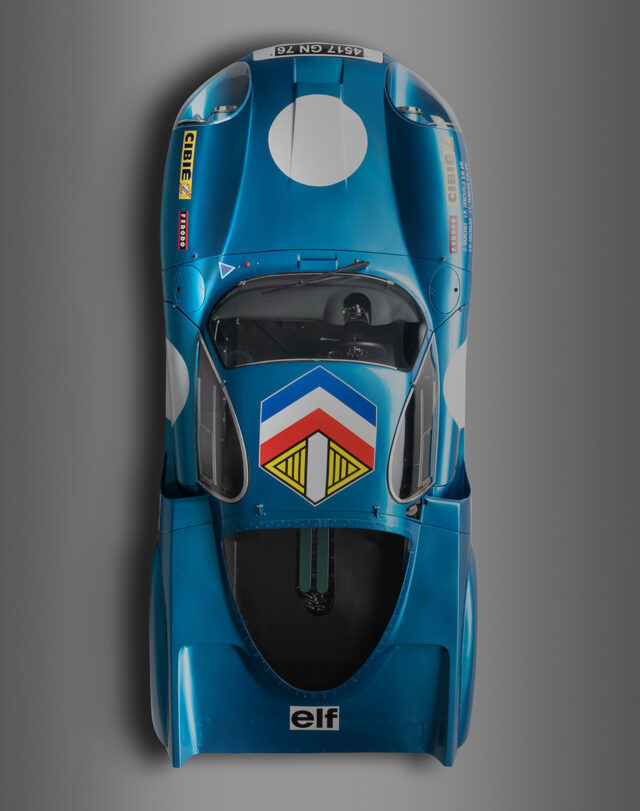
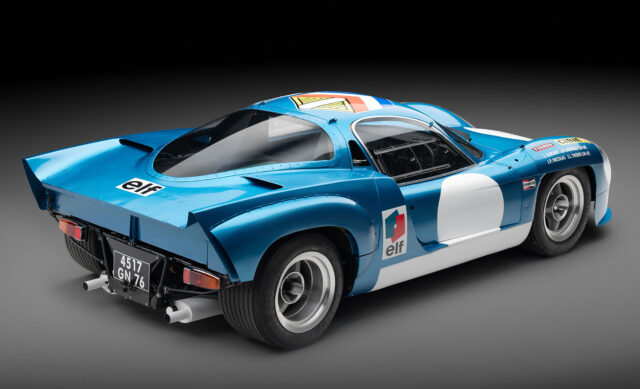

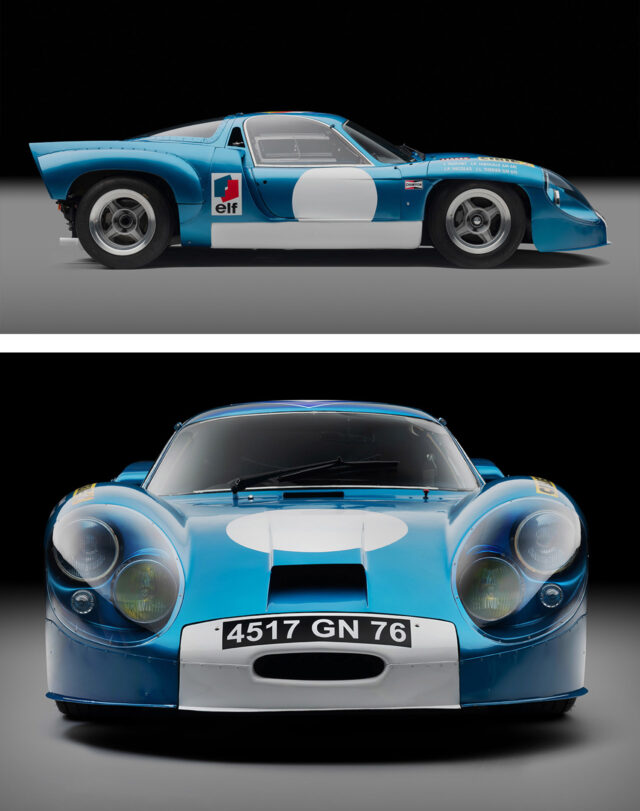
It’s the story of the Alpine A220’s unexpected duality that lies at the heart of the new AGTZ Twin Tail. By offering a contemporary GT car with two distinct visual personas, the Twin Tail celebrates its racing ancestor’s legacy. With the rear bodywork in place, the aerodynamic intent of the original A220 long-tail lives on, amplified by the beautifully integrated tail fins and spoiler. Removing the tail transforms the proportions, resulting in a pert and purposeful-looking machine that channels the muscular A220 short-tail. La Squadra says this is a five-minute, single-person task, easily accomplished by releasing the quicklocks and wheeling the tail section away on a purpose-designed trolley that the brand suggests could double as an interesting piece of living-room sculpture. That might be a hard sell to whoever’s in charge of decorating the home.
Significantly, every exterior panel is new; even the windscreen differs from the A110’s. From a design perspective, the full carbonfibre bodywork contains overt nods to the original: oversize headlight units (although admittedly slimmer on the AGTZ), low nose, small side-glass openings, large side inlets and stylised, ‘four-spoke’, aero-style wheels inspired by the historical efficiency of the Alpine racers.
There’s even a subtle oval intake cut into the leading edge of the bonnet, emulating the much larger one found on the A220. Finally, admirers will have no doubt it’s a Zagato, thanks to the obligatory double-bubble roof. Frankly, we’d be devastated if that wasn’t there.
Given that the Alpine A220 plays such a pivotal role in the AGTZ Twin Tail narrative, it seems necessary to ask: Why is it not a racing car?
Andrea Zagato explains: “Zagato was always a grand touring coachbuilder, producing cars capable of racing, but which you could use every day on the road or grace a concours of elegance lawn with. This is the reason behind the name ‘AGTZ’, and the mission of our project. We didn’t want to make a pure racing car, because technology, aerodynamics and power have changed a lot since the 1960s. Instead, we wanted to capture the inspiration and design innovation of the A220 short-tail, and create an authentic gran turismo in the true Zagato tradition. Playing with a round or truncated tail was always in the design ethos of Zagato for its grand touring models. With the AGTZ Twin Tail, we are producing a car we believe is consistent with our heritage.”
While you’re not quite getting two cars for the price of one, the AGTZ Twin Tail is a quick-change artist that offers the aerodynamic elegance of a long-tail or the muscular punch of a short-tail. There’s nothing quite like it if you need a physical reminder of why the Alpine A220 is still so inspirational.
Both long- and short-tail examples of the A220 were due to be on display at the ICE St Moritz on February 23-24, 2024 [since sadly cancelled due to heavier-than-expected snowfall]. But don’t expect to see the AGTZ there, because these images are merely CAD renders. The final show car is currently being built, and is set to make its public debut at Villa d’Este on the shores of Lake Como in May. Customer deliveries are expected to begin in October, with final numbers limited to just 19 units. La Squadra says production has already begun, and that “the order book is filling fast”. Prices start at €650,000 before taxes. More information can be found here.
Zagato leads Magneto‘s list of top ten greatest-ever coachbuilders here.
